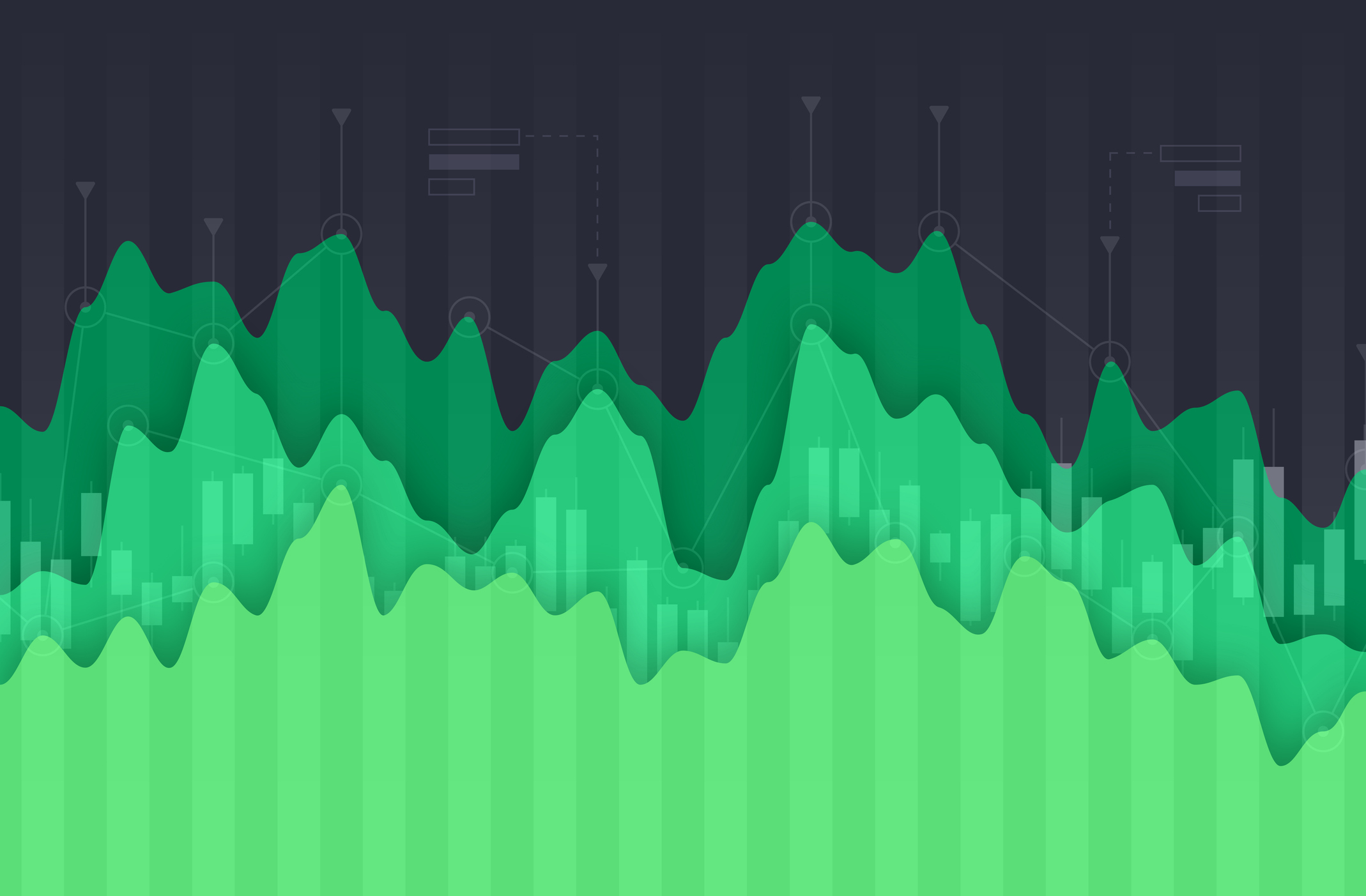Over the past five years, real estate values in the U.S. have seen significant fluctuations, marked by dramatic price growth between 2020 and 2022, and subsequent decline between the second half of 2022 and present. While prices are still generally higher than pre-pandemic levels, valuations and transaction volumes have declined considerably from peak.
Pandemic Price Surge
The COVID-19 pandemic triggered several factors that drove real estate values upward, particularly affecting for-sale residential and multifamily rental assets. To stimulate the economy, the Federal Reserve cut interest rates to near-zero levels, enabling affordability for buyers and stimulating investment activity. Lower borrowing costs combined with record rent growth increased demand from investors, pushing multifamily property prices up 27.3% between 2020 and 2022. Lockdowns and remote work drove households to seek larger living spaces, particularly in suburban areas and lower cost-of-living markets. Labor shortages and supply chain disruptions further exacerbated supply shortages, allowing existing properties to command higher rents and sale prices. As the pandemic created major structural problems for office and retail assets, multifamily became a safe haven of fundamental stability.
Correction and Reset
Along with the pandemic-driven interest rate cuts and ‘quantitative easing (QE)’ monetary policy, the government also initiated a massive fiscal stimulus, including the Coronavirus Aid, Relief, and Economic Security Act (CARES Act), Tax Relief Act of 2020, and American Rescue Plan. This stimulative fiscal policy led to a 41-year record high for inflation in the United States, with the Consumer Price Index (CPI) reaching 8.9% in June of 2022. To combat inflation – and rent growth – the Federal Reserve raised interest rates 11 times between March 2022 and July 2023, resulting in a 525 bps Fed Funds rate increase. This was the primary catalyst for declining real estate values over the past two years. According to NCREIF measures, apartment values have declined 18.2% from peak-to-current as of 3Q 2024 and were even more pronounced in Sun Belt markets like Austin and Phoenix, where record-high deliveries put downward pressure on rent growth. The significant drop in property values and simultaneous increase in construction and financing costs presents opportunities to acquire multifamily assets for less than it would cost to build them new today.
Forward Outlook
The asset value reset during the past 2.5 years have largely de-risked the asset class, presenting an attractive opportunity for new investment. Record high deliveries of new multifamily units in 2024 created short-term challenges, but sentiment is generally more positive for 2025 and beyond, as supply and demand are nearing equilibrium. The long-term fundamentals of multifamily continues to benefit from steady household formation, resilient consumer balance sheets, and a high “cost-to-buy” premium. Although it has narrowed from peak, purchasing a home still costs $1,091 more per month on average than renting a comparable property. With nearly 80% of current homeowners holding mortgage rates below 5%, they are likely to remain hesitant to sell in the current high-interest-rate environment. More than 100,000 multifamily units were absorbed in Q1 2025, 12% higher than Q1 2025 and nearly 40% stronger than the pre-pandemic (2017-2019) first quarter average. Since bottoming out below 1.5% in the third quarter of 2023, rent growth has shown consistent, tempered, improvement in each quarter since. According to CBRE, the multifamily vacancy rate is expected to end 2025 at 4.9% and average annual rent growth at 2.6%. Values are expected to stabilize or rise modestly as cap rates stabilize, and operating incomes improve.
Sources
“Why Are Multifamily Property Prices Falling?” Economic Bulletin, Federal Reserve Bank of Kansas City, 22 Feb. 2024, www.kansascityfed.org/research/economic-bulletin/why-are-multifamily-property-prices-falling/.
Champagne, Alan. “US Inflation Rate: Current and Historical Statistics.” Bankrate, 13 Dec. 2023, www.bankrate.com/banking/federal-reserve/latest-inflation-statistics/.
Gopinath, Gita. “What Caused the U.S. Pandemic-Era Inflation?” Brookings, 22 June 2022, www.brookings.edu/articles/what-caused-the-u-s-pandemic-era-inflation/.
“US Real Estate Market Outlook 2025: Multifamily.” CBRE, 2024, www.cbre.com/insights/books/us-real-estate-market-outlook-2025/multifamily.
“U.S. Multifamily MarketBeat.” Cushman & Wakefield, Q1 2025. www.cushmanwakefield.com/en/united-states/insights/us-marketbeats/us-multifamily-marketbeat.


